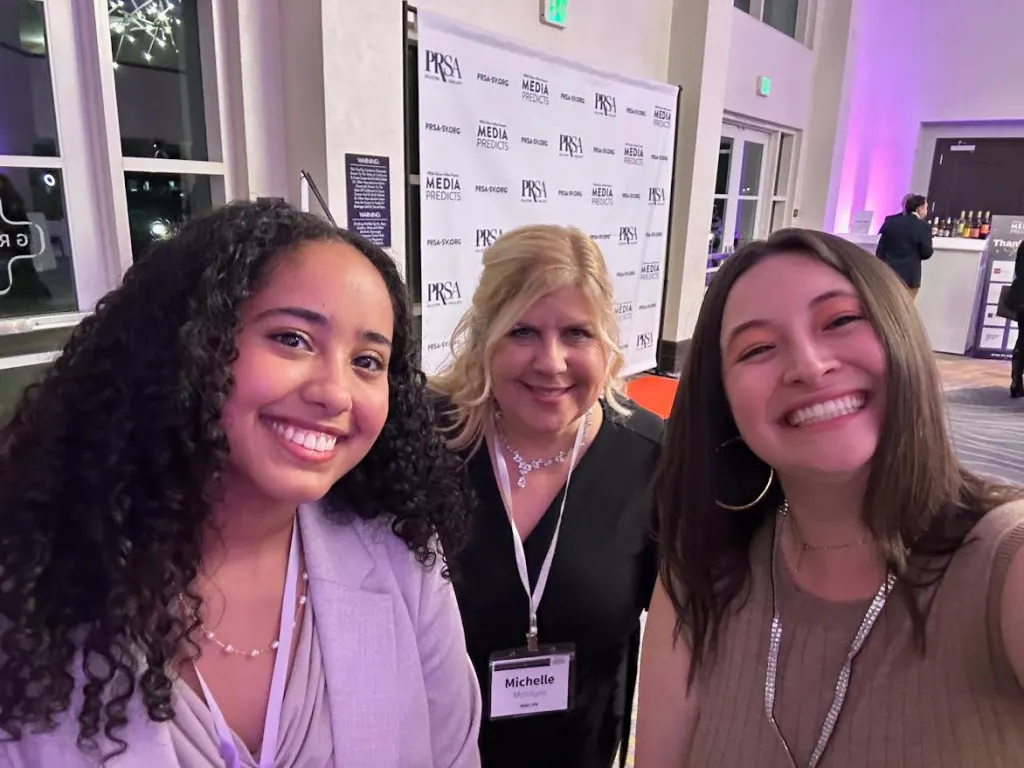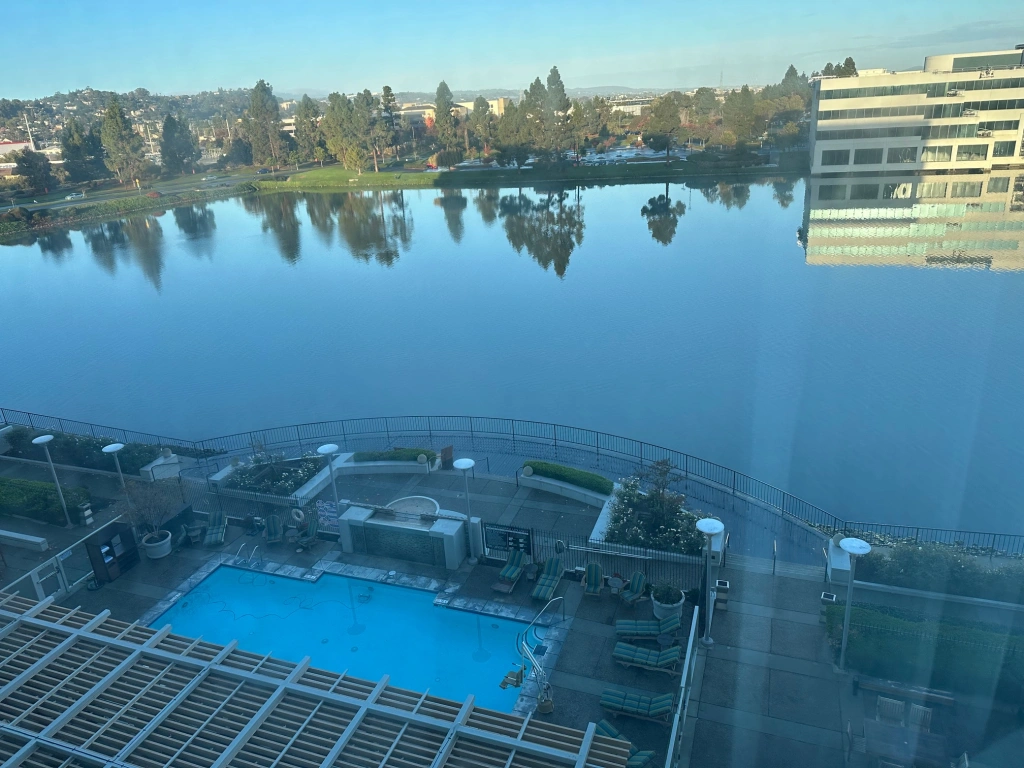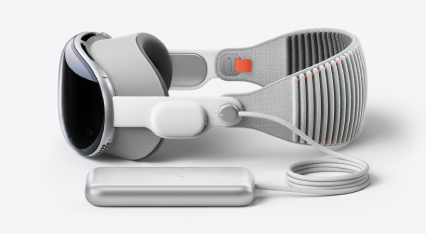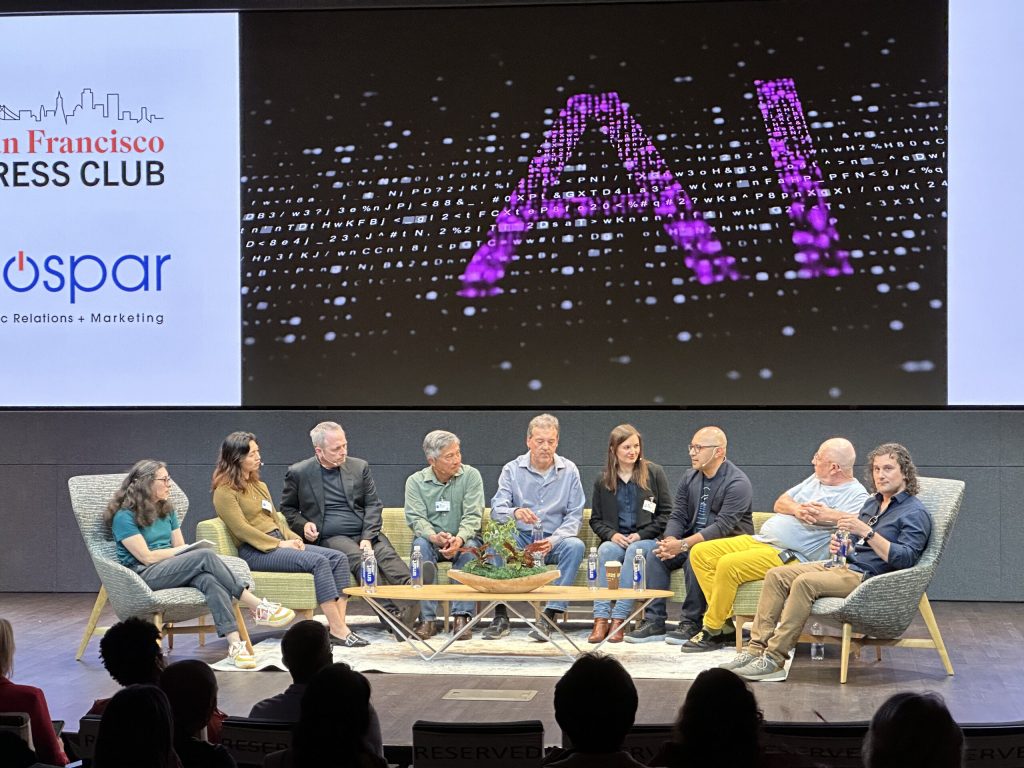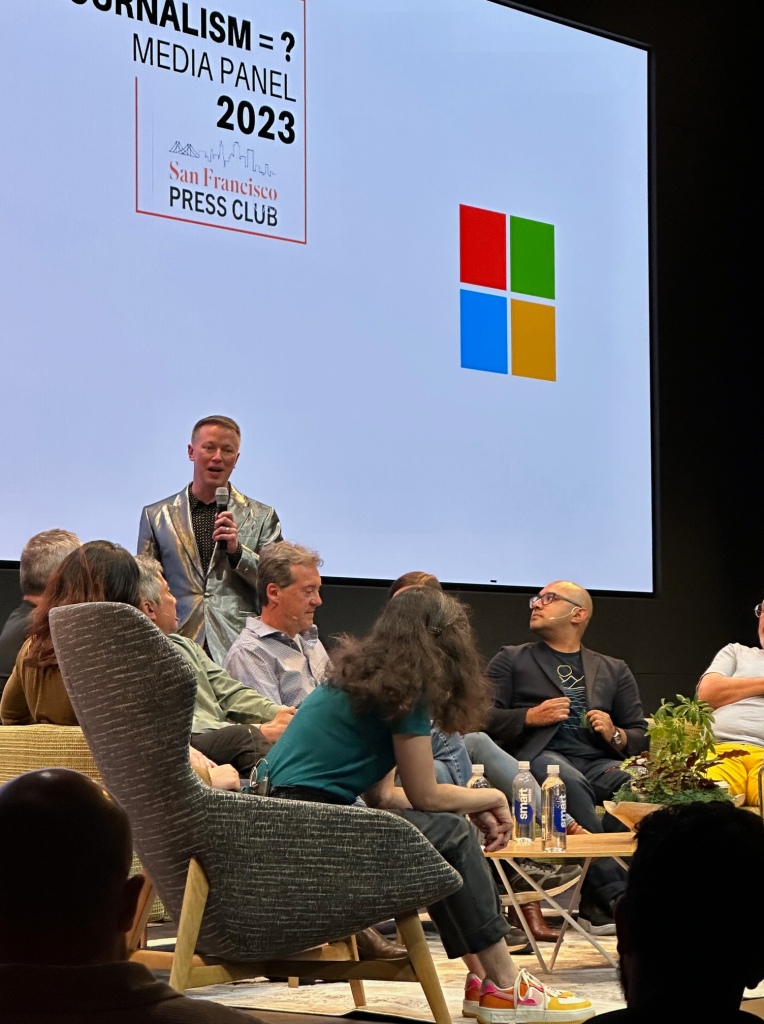When you make a news announcement, do you use a news wire? Here’s how it works. You write a news release, pick a photo and upload it to a newswire distribution service that will shoot it out to the internet for you.
Then you see a report of where it ran and, wallah, your news is out.

Any traditional PR pro who is skilled at media relations will tell you that you can also skip the wire and pitch it to a few key journalists directly. For B2B news, it might be ten to 20 contacts. For consumer mainstream news it might be more like 500 news outlets. As an aside, the best stories are features. Reporters writing these stories love scoops. Wire releases are the opposite of scoops so use them wisely.
I like a combo of sharing the news using a news wire service and pitching journalists directly.
The four news wire services I like are PR Newswire, BusinessWire, EIN Newswire and PRWeb. This is from recent experience. No one is sponsoring my endorsements.
PR Newswire and Business Wire are pricey, roughly $1,500-$2,000 for a news release and image or other media like a video: These two carry the big brand names and make your organization look richer. I like both equally, e.g. service provided.
My PR friend Laura Desmarais adds: “News wires are essential for distributing news to a wide audience and ensuring timely updates. My corporate clients need to work with a trusted source, and they like either Business Wire or PR Newswire. They typically stay with one rather than switching resources for a difference in service.”
As a heads up, when you talk to a salesperson from these services, they will attempt to upsell you to four or five releases to save money. With EIN, it’s approximately $399 for four or five releases last I checked. Business Wire will offer you five press releases for around $4,000-$5,000. Prices depend on how long your press release is; What is the number of words? You save money if you buy a bunch at once. I typically buy one at a time.
5 quick tips when considering a news wire service:
- Although you can post your news to your own website easily enough these days, with wires like EIN and PRWeb, any company or nonprofit can afford a newswire. Hire a PR consultant to guide you through the process the first time.
- Always post an image or better yet, a newsy video. I advised a client just this month to make and post a talking head video with their newswire release and KRON 4 ran it on their website. On the other hand, another PR friend, Mark Lewis, says if you’re in a budget crunch, just use a photo or video link in the wire release.
- When you call the newswire service, tell them the number of words so you can get an accurate price. Long releases cost more. They can’t get you a proper quote without length.
- Contact the news wire service about your news a couple of days in advance so you can troubleshoot any problems.
- Allow a few hours to work with the news wire editor to get the details correct, such as proper photo captions and to correct errors they may catch. They typically proofread and will alert you to mistakes. I find editors very helpful.
Try a news wire if you haven’t already. There are price options for all budgets these days. Combined with some direct pitching, your news exposure should be pretty decent.
###
Michelle McIntyre is a Silicon Valley-based PR consultant and PR agency and IBM veteran. Her website is here.


